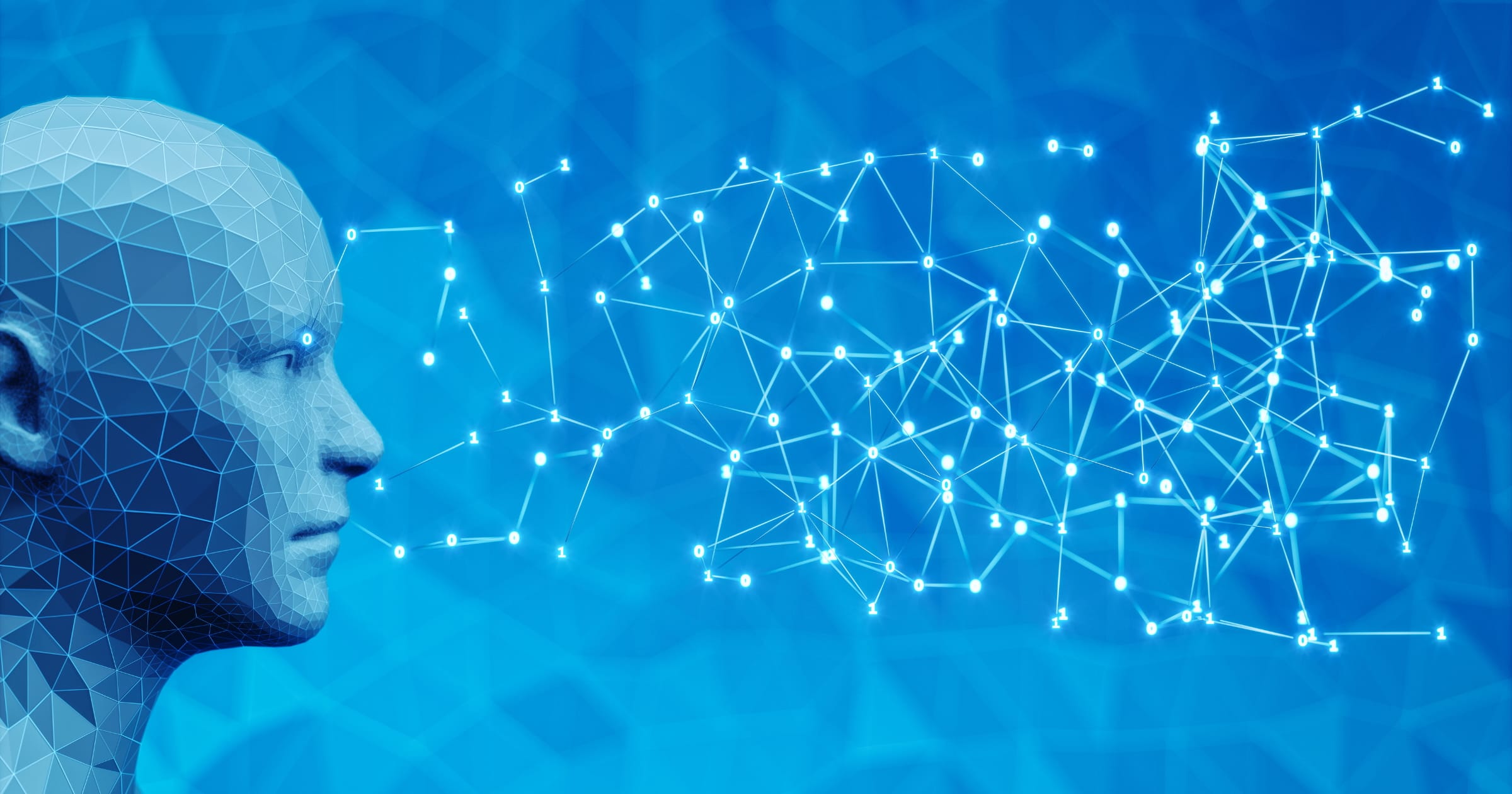Modern Management: Unlocking Influence in Networks

A former colleague recently told me that despite going through multiple reorgs over the past several years, he’s been largely unaffected. As he put it, “If you change where I sit, it changes very little for me.” His projects are highly cross-functional, and he doesn’t rely heavily on his formal teammates for success.
Since this conversation, I’ve been thinking a lot about what team really means in today’s organizations, and how the role of people management is evolving as AI reshapes work and teams become increasingly cross-functional and matrixed.
When you hear the word team or group in a work context, you probably think of at least a few types:
- Formal teams: your peers who also report to the same manager. That’s the team as defined in the HRIS (the one you’ll find on the org chart).
- Project teams: the cross-functional groups that form to deliver something new. For example, a team tasked with bringing a product to market may include people from Product, Engineering, Research, Marketing, Sales, Legal, Finance, and more. They report into different leaders, but must all collaborate toward a common goal.
- Social groups: the informal circles that form naturally in the workplace. These are the coworkers you grab lunch with, chat with at the coffee machine, or turn to for a quick gut check. These aren’t assigned or documented anywhere, but they shape perceptions, spread information, and influence how people experience the organization just as much as formal or project teams.
Why Management Must Evolve
Each of these project-based teams and informal work groups has its own personality, skills, and dynamics. Influencing decisions here is tricky. Authority is less clear, and the mix of assertive and passive, technical and non-technical, objective and subjective personalities makes it more art than science.
How do you capture the perspectives of everyone when no single leader holds the reins?
This complexity means people management must evolve. Managers don’t typically have authority over project teams and social groups. Instead, their role shifts from exercising direct control to empowering their people to thrive and succeed in cross-functional, networked environments.
But here’s the challenge: if the overall group experience is poor, how much influence can a manager really have? In my experience, it’s tough. I can coach a direct report, but I can’t always shape how the other members of that project team or social group show up.
So, what if we could identify the key influencers in these groups? You know the type… the people everyone turns to for guidance, the unofficial leaders who set the tone.
If we can engage these influencers (or even better, their managers), we meaningfully increase the chances of improving the experience for everyone involved.
Enter Network-Based Employee Listening

This is where network-based employee listening comes in. It’s a new frontier designed for how work actually happens today, which I define as follows:
“Network-based listening is a next-generation approach to employee listening that integrates feedback with network analysis, uncovering the influencers, hidden communities, and collaboration patterns that shape experience, culture, change, and performance.”
It’s a direct (and more cost-effective) answer to the managerial challenges described above.
The best part? All of this can be done through surveys.
Survey-based ONA (often called active ONA):
- Avoids the complexity of plugging into email, calendar, or messaging tools for passive/ambient data
- Sidesteps the “spyware” or “Big Brother” optics those approaches carry (even with the best comms strategy)
- Surfaces influencers whose impact happens in person… that colleague sitting right next to you probably isn’t sending you many messages via digital channels when they need to chat!
Identifying Influencer Types
So how do surveys go beyond traditional engagement questions? By identifying archetypes like these:
- Advisors: “Who is most important for you to have greater access to?”
- Mentors: “Who plays an active role in your professional development?”
- Subject Matter Experts: “Who do you turn to when you need deep expertise?”
- Culture Carriers: “Who consistently demonstrates the behaviors we expect?”
- Support Anchors: “Who can you count on most to support you in your role?”
With AI top of mind for nearly every organization, it’s equally important to uncover who’s shaping AI adoption, enablement, and understanding.

AI Power Users & Innovators
- Who do you see using AI in the most innovative ways?
- Who introduces creative AI-driven solutions or ideas?
- Who helps you discover new AI tools or methods?
AI Guides & Educators
- Who helps you apply AI in your work?
- Who explains AI concepts in ways that are easy to grasp?
- Who’s your go-to for AI learning and upskilling?
AI Champions & Change Agents
- Who inspires you to experiment with AI tools?
- Who advocates for AI adoption in ways that influence you?
- Who encourages you to think differently about AI’s potential?
Responsible AI Stewards
- Who ensures AI is used thoughtfully and ethically?
- Who raises questions about fairness, risk, or unintended consequences?
- Who do you trust most to guide responsible AI use?
AI Integrators
- Who connects AI use cases across functions?
- Who helps you integrate AI into daily workflows?
- Who bridges the gap between technical and non-technical users?
From there, responses can be weighted by priority (the first person listed for each question carries the most weight, the second a bit less, and so on).
Network algorithms can also surface derived influencer types based on how people connect. For example, “information brokers” emerge as the individuals bridging clusters of close collaborators. These cross-community influencers are critical to driving efficient, scalable change!
Why Managers Still Matter

A study conducted by OrgAcuity found that respondents who did not list their manager as important to their success (across a number of questions like those provided above) reported statistically lower scores than those who indicated that their manager is important to their success on at least one.
- 14 points lower on Manager Feedback: “My manager gives me actionable feedback that helps me improve my performance.”
- 10 points lower on Manager Effectiveness: “I am satisfied with my manager’s overall performance as a manager.”
- 10 points lower on Career Growth: “I have good opportunities to advance at this company.”
Interestingly, the study found no statistical differences in scores based on whether peers on the same team were considered important to success.
Having led employee listening programs for over a decade, I’ve consistently observed that the top reason people leave companies (according to exit surveys) is career growth opportunities. On the surface, this might seem at odds with the old adage, “People leave managers, not companies.” But, great managers make career pathways feel real and achievable through consistent and constructive development conversations, which directly influences perceptions and whether employees stay.
These findings suggest managers remain critical to team success, but their role is evolving. Whether a respondent mentions their manager across these influencer-oriented questions can serve as a strong proxy for overall manager effectiveness and the quality of the employee-manager relationship. When a manager isn’t mentioned by any direct reports, it may warrant a closer look—or perhaps a rethink of the org design.
In today’s organizations, formal team structures matter less than a manager’s ability to help shape the dynamics of informal networks and communities of work… where real collaboration, influence, and growth happen.
Managers Need Network-Based Listening
“Work reinvented itself, but listening never got the memo.”
The companies thriving now are the ones updating both. Organizations that cling to legacy listening approaches risk flying blind while competitors move faster, retain talent, and shape culture more intentionally.
Network-based listening offers the level of insight required to lead effectively in this new era of human-AI collaboration and increasingly interconnected teams.